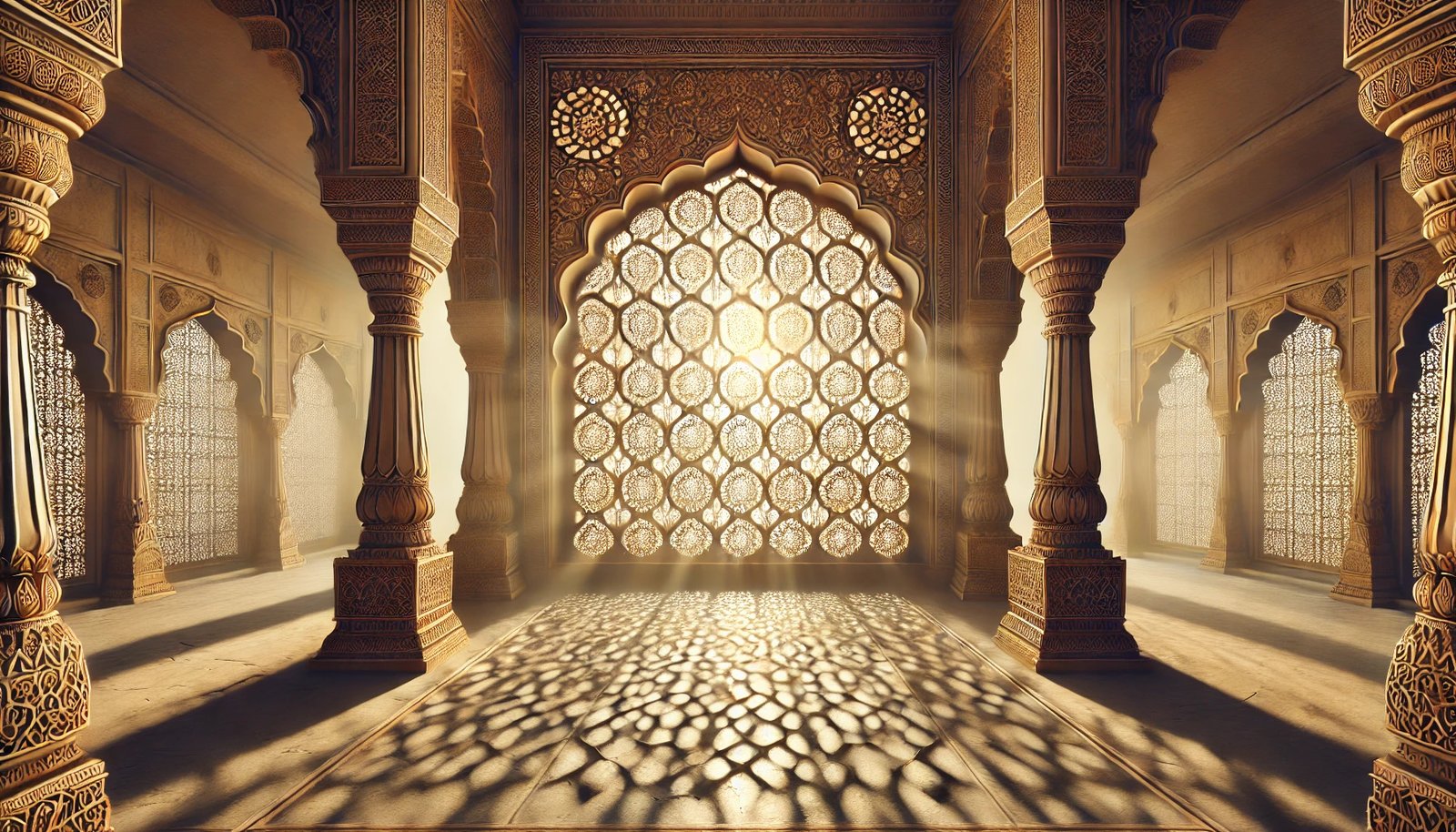Jaalis are latticed screens that have been used in India since ages. They were widely popular for their aesthetic appeal as well as functionality to regulate temperature in the hot and humid conditions of the subcontinent. They can be found in the built heritage of the land across the regions. Prominent examples include the Red Fort in Delhi, Hawa Mahal of Jaipur, Humayun’s Tomb and the list goes on.
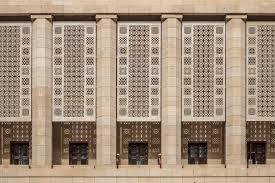
In India jaalis have been used since ancient times. The earliest example is found in the Buddhist caves and monasteries. The ancient Indian temples have perforated stone screens to shade the interiors from the harsh sunlight and regulate the temperature. They were also used to direct the diffused lights to the sacred sanctums. The most intricate jaali works can be documented from the mediaeval time periods. We find heavily carved screens all over mediaeval architecture. Most exquisite examples can be found in the architecture of the Gujarat Sultanate, monuments of the Mughal empire and the palaces of Rajasthan. Intricate jaalis can also be found in central India and the Deccan architecture.
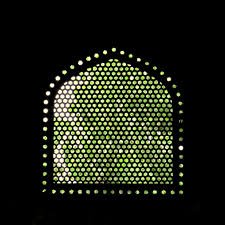
The jaalis were particularly prominent in the Mughal and Rajput architecture. Harsh daylight conditions in the area were effectively mitigated by the perforated screens. They provided diffused light and also provided good ventilation. In keeping with the contemporary social norms spaces for men and women were separated even inside the household. The jaalis were effective in providing a private screened space for the women of the house. The lattice screens acted as the veils in brick and mortar for the mediaeval period. Jaalis also acted as shades from the harsh sun during the day. Hence jaalis have been used in the hot regions across the world. In the ancient Mediterranean area the jaalis have been used to cool water and were later installed to create a private space for sleeping and relaxing. In Nepal jaalis have been used for palace windows. They have beautiful and intricate religious carvings.
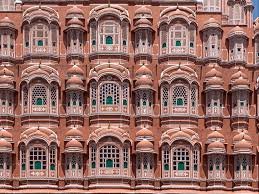
Jaalis were widely used to create partitions, in the windows and create intricate facades. Apart from their functional use to regulate the light and temperature they were also used to provide the aesthetic appeal to the area. The patterns held different meanings and symbolism according to its patron. The Mughals especially created elaborate and extensively carved screens. The patterns borrowed heavily from the local art forms and the European arts. One can find intricate flora and fauna, geometric patterns especially hexagons which have spiritual symbolisms. The symmetric patterns symbolised perfection whereas the repetition of form stood for the infinite nature of the God. The diffused light is an important element of the architecture as light is considered one of the very first creations of God.
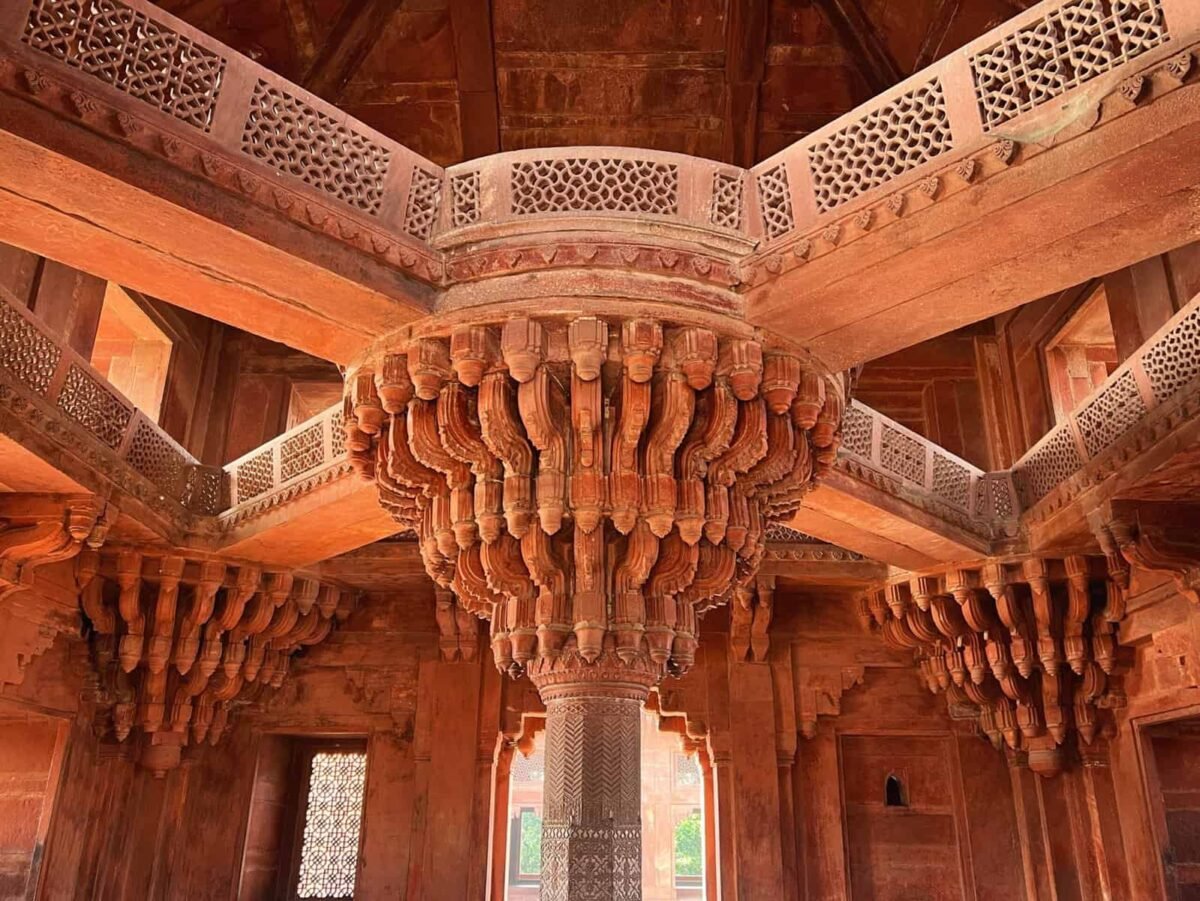
With a rise in the need of indigenous solutions for the increasing urbanisation and global warming, modern architecture has also adapted the jaalis for both ornamentation as well as to integrate the natural elements in the buildings. Jaalis have proven to be not just sustainable but also budget solutions. By changing a few angles and making large panels, jaalis can be created at relatively lower costs. The materials can also be locally sourced if they are structurally sound. Jaalis can be used not only as windows and facades but also as partitions and decorations in the interiors. They can give a sense of soothing natural environments by acting as an extension of the outsides.
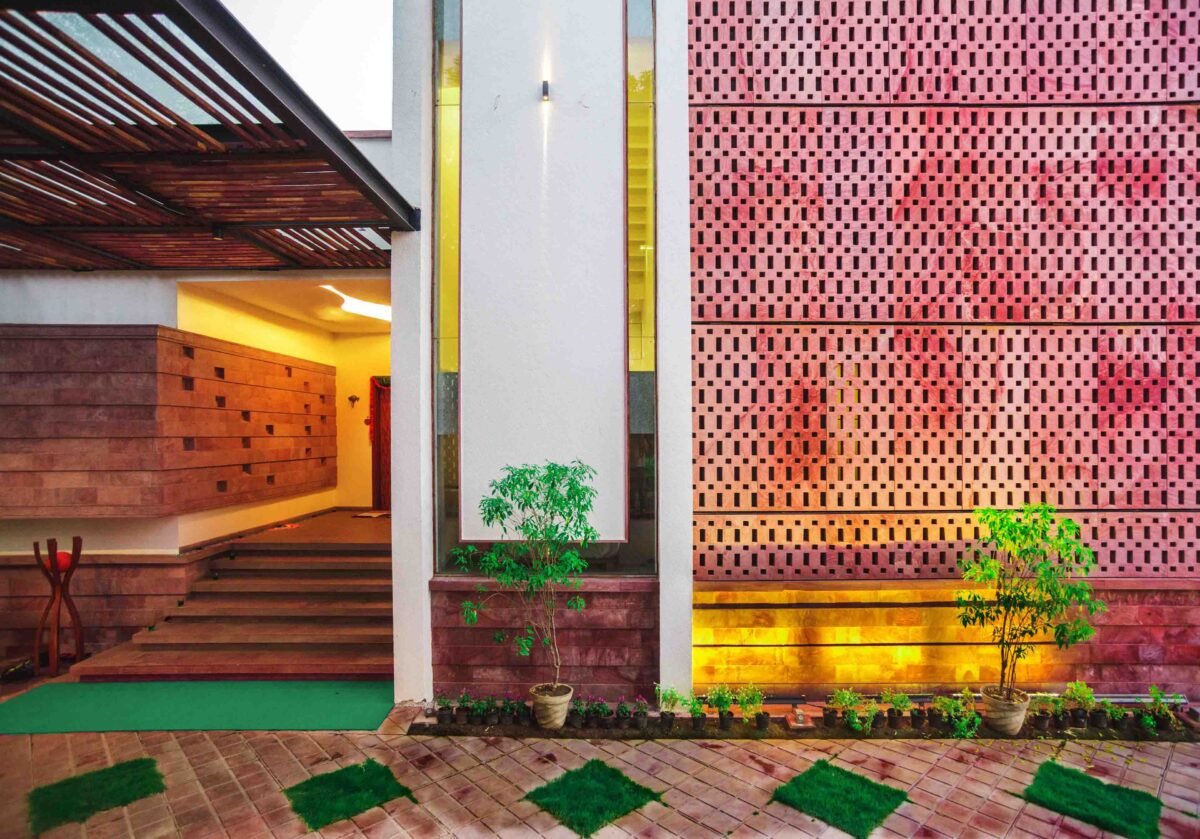
Rising temperatures and a lack of spaces in the urban centres need innovative solutions.Modern problems can be effectively tackled by adapting our heritage techniques to modern practices. Traditional elements not only provide an aesthetic element to the space but also are a great way of conserving and perpetuating our indigenous techniques. Jaalis are a great example for the same. They have been increasingly used in modern architecture for their design element and their efficiency at low costs.
References
- https://thearchitectsdiary.com/a-new-parliament-building-for-a-new-india/
- https://www.archdaily.com/1013262/15-projects-in-india-using-traditional-jali-wall-facades-solution-to-control-light-temperature-and-ventilation
- https://www.architecturaldigest.in/story/a-new-book-explores-the-mesmerizing-magic-of-jali-work-in-indian-architecture-navina-najat-haidar/
- https://www.whereisthenorth.com/article/4-uses-of-jali-and-what-materials-to-use
- https://ijseas.com/volume2/v2i2/ijseas20160211.pdf
- https://sites.psu.edu/perforatedscreendesigner/history-of-jalis-in-indian-architecture/
- https://www.architecturaldigest.in/story/jalis-the-gujarat-sultanates-greatest-gift-to-islamic-architecture/
- https://www.dronah.org/wp-content/uploads/2018/06/Context-19.pdf
- https://lionsinthepiazza.com/architecture-agra/
- https://thearchitectsdiary.com/the-stone-jali-helps-lowering-the-temperature-inside-this-dwell/
